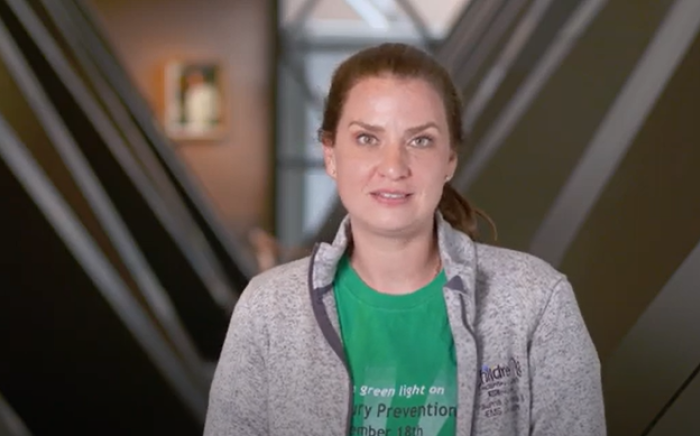Anyone remember those unforgettable words of concern: “stop scratching”? Great wisdom is behind that request. Why? Because scratching can lead to infection, and that can lead to impetigo.
Impetigo is a complication of a wound or bite becoming infected that can worsen if not treated with an antibiotic ointment. When trying to identify if your child has impetigo, observe the following:
- Small red bumps that quickly change to cloudy blisters or pimples, then open sores that weep
- Sores smaller than 1 inch in diameter
- Sores that are not healing and are spreading
- Sores with pus or yellow scabs on them
When children rub or scratch the open skin, it introduces bacteria into the wound, which starts the infection. Below are ways to prevent that from happening:
- Avoid picking or scratching, which spreads the impetigo
- Cover broken skin
- Cut fingernails short
- Wash hands frequently
If you are unable to prevent impetigo, the following are ways to improve and heal the skin:
- Apply antibiotic ointment on broken skin
- Soak the scabs off using antibacterial soap and warm water
- Wash hands frequently because impetigo can be spread person to person by skin contact
Most importantly, see a medical professional:
- If the infection becomes severe it may need oral antibiotics
- There is abnormal healing (The sore should stop growing in one to two days, and the skin healed with in one week.)
Children can attend school or day care if there are only one or two sores, that can be covered. More serious impetigo cases may need to be treated with an oral antibiotic for 24 hours before returning to school. Impetigo is a common complication, but can be prevented and easily managed with a few proper steps.
This article was written by Courtney Moore, RN, a pediatric nurse on the Answer Line at St. Louis Children’s Hospital.












